Seeing the storm ahead
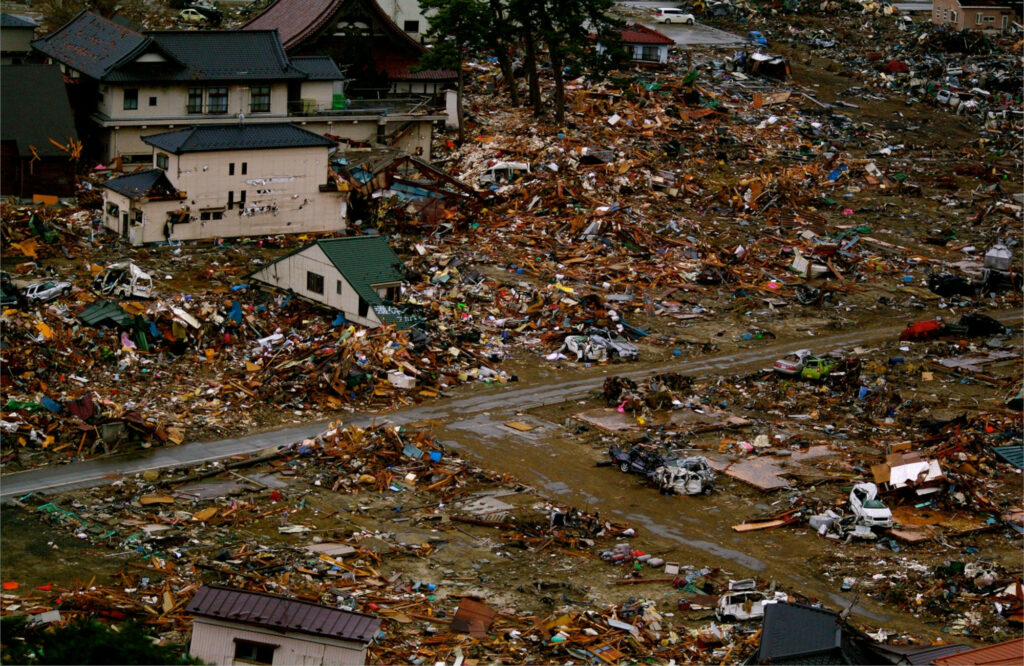
Adaptation is not only about finance and technology – it is about visualising change. Bertie Harrison-Broninski reads John Vaillant’s ‘Fire Weather’ and Stephen Robert Miller’s ‘Over the Seawall’.
Is corruption and slavery the cost of a mobile phone?

Guinean bauxite is the source of aluminium in everything from our office buildings to our cars – but the bauxite supply chain is a black box of human rights issues.
Sacrifice in the salt flats, for a greener future
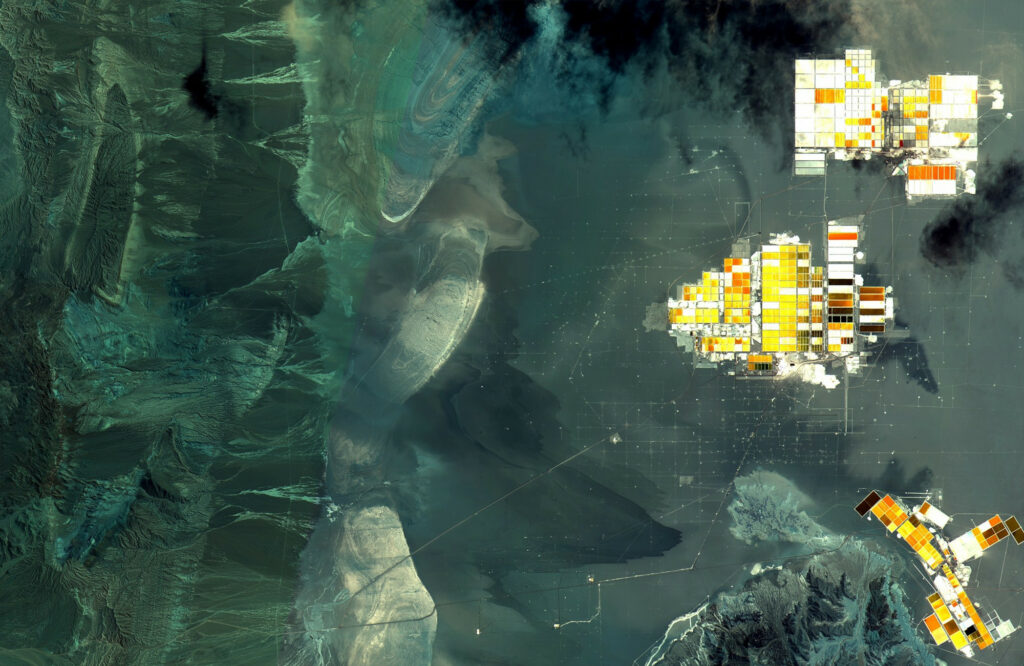
Dr Camila Vergara sifts through the politics of lithium extraction in Chile.
Will the EU Battery Regulation change anything?

Land and Climate Review breaks down the basics on the big battery law.
Sick of smelly, plastic clothes? Blame oil and industrial farming.

Bertie Harrison-Broninski explores sustainable fashion in a review of Lucianne Tonti’s book, ‘Sundressed: Natural Fibres and the Future of Fashion’.
Cobalt mining kills. Who is sorting it out?

Siddharth Kara’s deep dive into Congolese mining is diligently researched, but suffers from old-fashioned and clichéd writing, says Lauren Sneade
Poetry: “Mine Mine Mine”
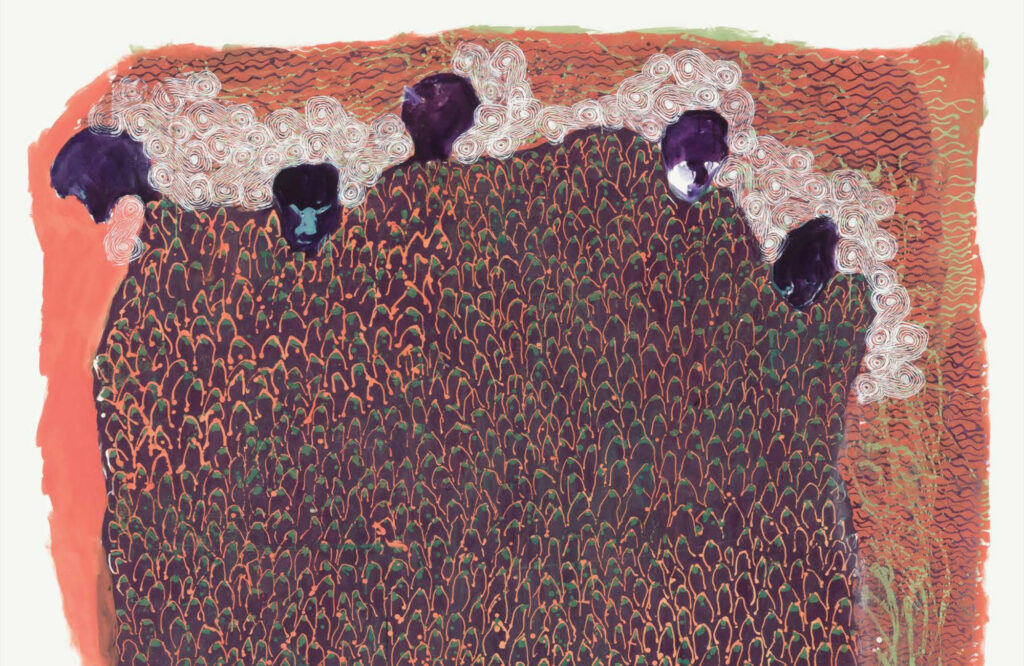
Lauren Sneade reviews Uhuru Portia Phalafala’s epic poem about South African gold mining.
What will happen to the tiger widows when the world ends?
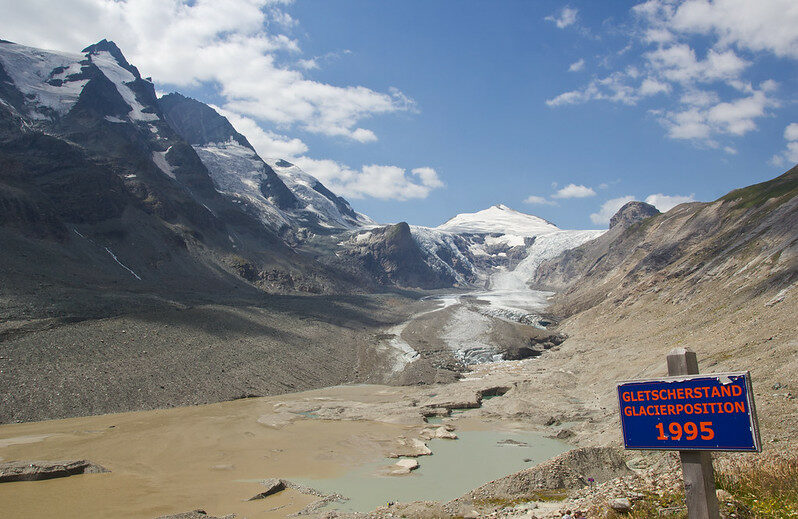
Simon Mundy’s voyage round 26 countries in ‘Race for Tomorrow’ brings the climate debate back down to earth.
When is the time to mourn?

Reading ‘Fen, Bog, Swamp: a short history of peatland destruction and its role in the climate crisis’ by Annie Proulx.
There is so much to say about plastic pollution. Why are we not talking about it?
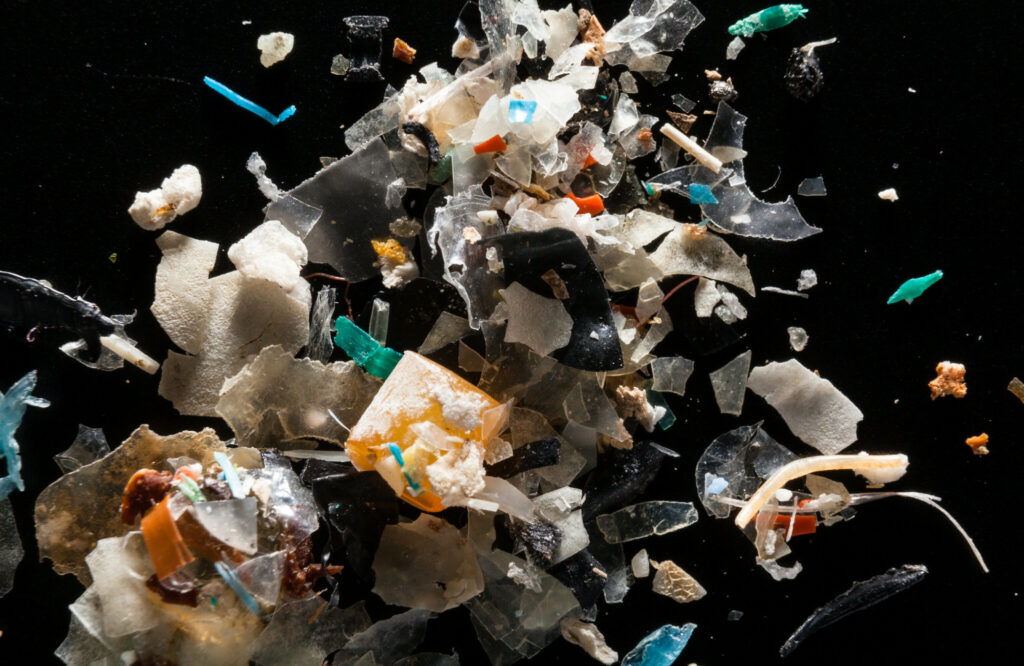
In a review of Matt Simon’s book ‘A Poison Like No Other: How Microplastics Corrupted Our Planet and Our Bodies’, Bertie Harrison-Broninski asks whether plastic pollution gets enough attention.



